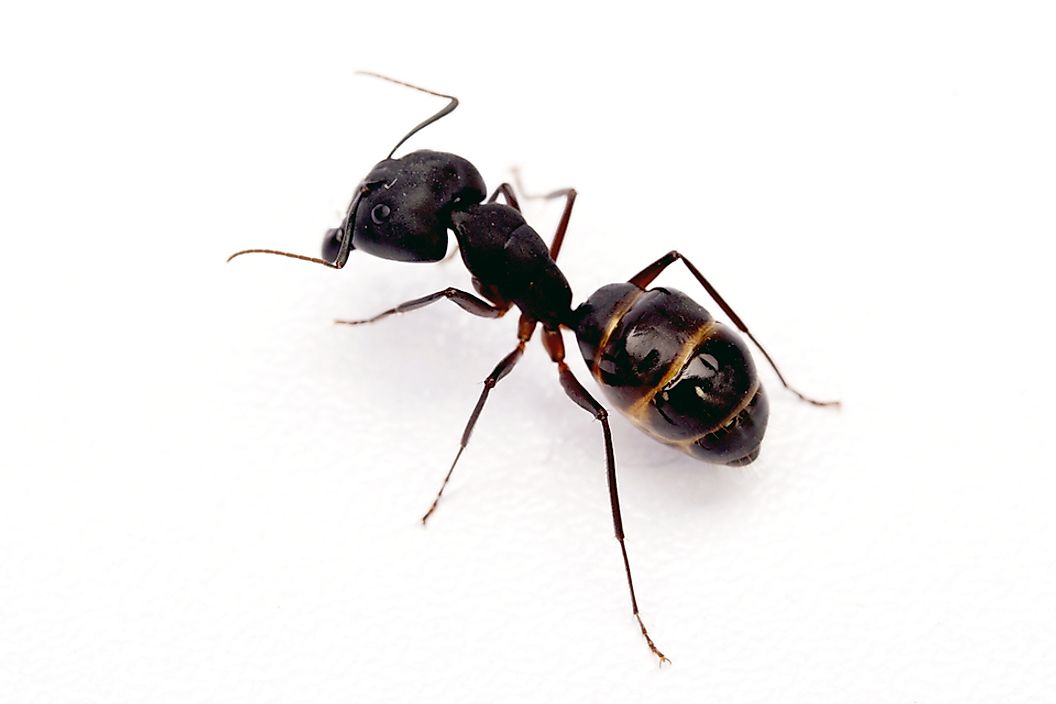Fascinating Facts About Ants

Scientists estimate there are quadrillions of ants living in the world. They are widely studied due to their interesting behaviour and specialised social units. In some parts of the world, like Thailand, Colombia, Burma and Mexico, ants are even a delicacy. Fun facts about these industrious insects are listed below.
- There are about 22,000 species of ants in the world, but only about 12,500 have so far been classified.
- Ants and wasps share common ancestry, and ants are believed to have evolved from wasps.
- There are no native ants in Antarctica.
- In a colony, each ant performs a specialised function and they communicate amongst themselves.
- Most species of ants are omnivorous.
- Ants comprise 15 to 20% of the biomas of all terrestrial animals, which is greater than the entire vertebrate population.
- The ventral nerve cord in ants is similar to the spinal cord in human beings.
- Ants have poor eyesight, and some subterranean species are completely blind.
- The Australian bulldog ant is one of the few ant species with strong eyesight, and can accurately judge distance and determine the size of an object from as far as one metre away.
- Ants use their antennae as sensory organs to detect air currents, vibrations and chemicals and to communicate using touch..
- Workers ants in a colony do not mate.
- Young workers of the honeypot species are excessively fed so that they may function as food stores. These ants are called replete workers.
- Females of the jack jumper species found in Australia have two chromosomes, while males have one chromosome. This count is the lowest number of chromosomes of all animals.
- Fertilised ant eggs develop into female ants, while unfertilized eggs yield male ants.
- The nutrients obtained by ants in the larvae stage determine whether they will become queens or workers.
- Worker ants are always female.
- The life expectancy of a queen ant is a maximum of 30 years, while worker ants live between 1 and 3 years.
- Ants in tropical regions remain active throughout the year, but in cooler zones they become inactive during winter.
- One ant colony can have more than one queen.
- Most ant species produce a new generation annually.
- A mated female leaves her nest and searches for a new place where she can establish another colony. The workers hatched first are the ones who expand the new colony by looking for food, taking care of unhatched eggs, and enlarging the nest.
- Ants use their pheromones to mark trails, to raise alarm, to confuse rival ants, and to communicate inside the colony.







